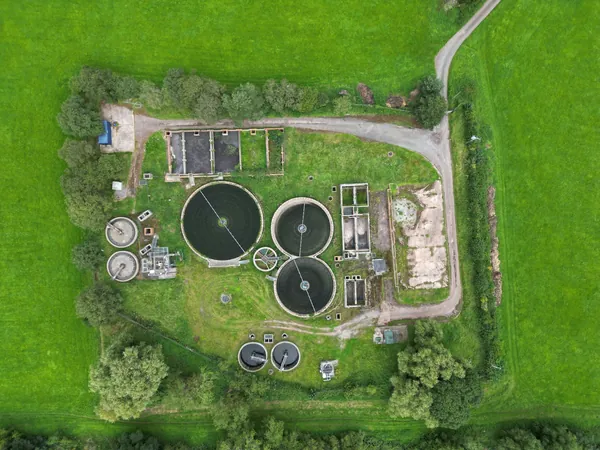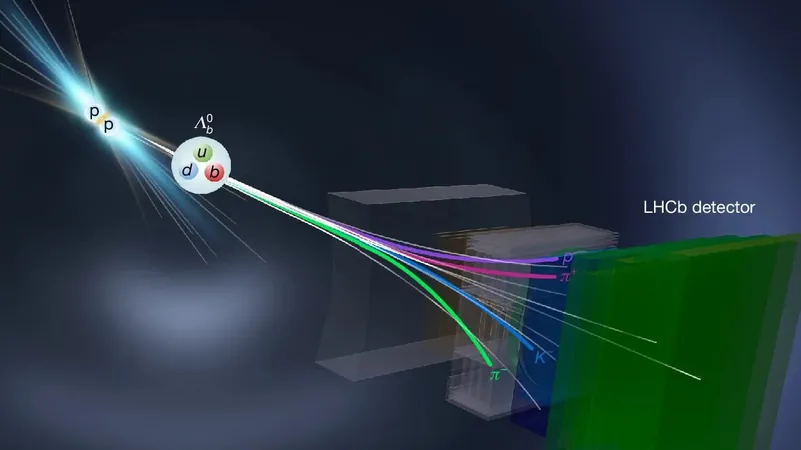
Revolutionary Breakthrough: 50% Reduction in Methane Emissions from Drinking Water Purification!
2025-06-05
Author: Yu
A Game-Changer in Water Purification
As the demand for clean drinking water skyrockets, the challenge of producing it sustainably grows ever more critical. Recent research by microbiologist Alje Boersma reveals a groundbreaking method that can slash methane emissions from purification processes by a staggering 50%! This revelation, part of his Ph.D. thesis at Radboud University, will be defended on June 10.
Groundwater Under Pressure
In the Netherlands, approximately 70% of drinking water is sourced from groundwater. However, with this vital resource increasingly strained and the need for potable water rising, innovations in purification techniques are essential.
Understanding Sand Filters
The traditional method of purifying drinking water has remained unchanged for a century: filtering through large tanks filled with sand. While effective, the mechanics behind this process have been a mystery. Boersma's research shines a light on this, exploring the intricate microbiological and chemical interactions that occur.
The Key to Manganese Removal
Manganese, a tricky contaminant, has long been thought to be eliminated through chemical reactions. However, Boersma’s findings indicate that bacteria play a crucial role in this process. By enhancing the conditions for these beneficial microbes—such as introducing copper pipes—the efficiency of manganese removal can significantly improve, resulting in filters that last longer.
Cutting Down on Methane Emissions
Currently, the removal of methane from drinking water involves pumping air into the water, which unfortunately releases vast quantities of this potent greenhouse gas into the atmosphere. Boersma’s innovative approach utilizes a closed dry filter system: steel cylinders filled with sand that retains the water, allowing bacteria to biologically degrade methane into carbon dioxide—less harmful but still a greenhouse gas.
A Bright Future for Water Purification
The experiment showcased an astonishing 50% reduction in methane emissions, pointing toward a significant advancement in environmentally friendly water purification. Boersma advocates for widespread adoption of this method, asserting that the water quality remains high, making it an ideal solution for the future of drinking water production.
Could this new method redefine standards in water purification and play a pivotal role in combating climate change? Only time will tell, but the results are compelling!



 Brasil (PT)
Brasil (PT)
 Canada (EN)
Canada (EN)
 Chile (ES)
Chile (ES)
 Česko (CS)
Česko (CS)
 대한민국 (KO)
대한민국 (KO)
 España (ES)
España (ES)
 France (FR)
France (FR)
 Hong Kong (EN)
Hong Kong (EN)
 Italia (IT)
Italia (IT)
 日本 (JA)
日本 (JA)
 Magyarország (HU)
Magyarország (HU)
 Norge (NO)
Norge (NO)
 Polska (PL)
Polska (PL)
 Schweiz (DE)
Schweiz (DE)
 Singapore (EN)
Singapore (EN)
 Sverige (SV)
Sverige (SV)
 Suomi (FI)
Suomi (FI)
 Türkiye (TR)
Türkiye (TR)
 الإمارات العربية المتحدة (AR)
الإمارات العربية المتحدة (AR)